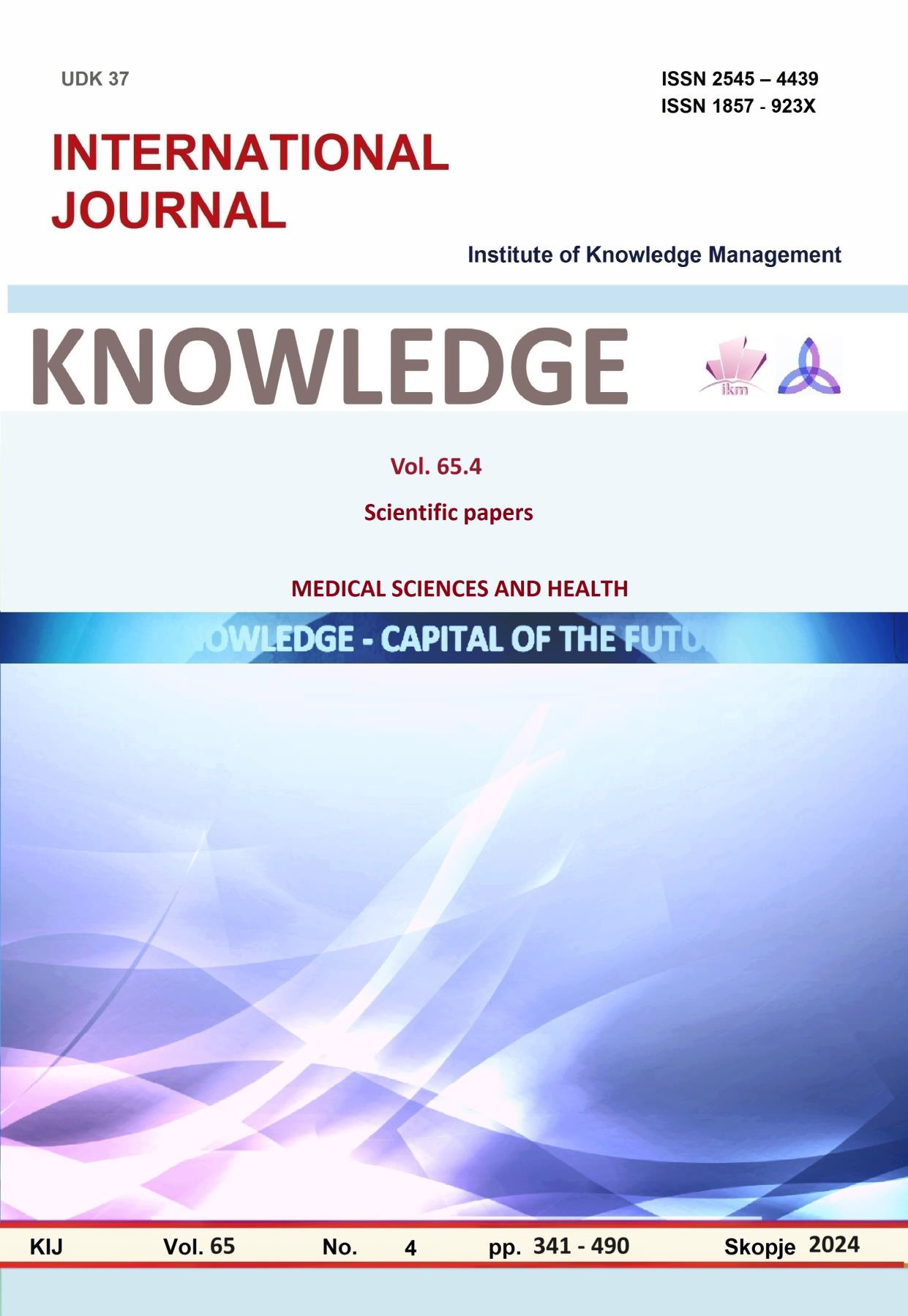УПОТРЕБА НА ПАНОРАМСКАТА РАДИОГРАФИЈА ЗА ЛОКАЛИЗАЦИЈА НА FORAMEN MANDIBULAE - ОРИЕНТАЦИОНИОТ ПАРАМЕТАР ПРИ МАНДИБУЛАРНА АНЕСТЕЗИЈА
USE OF PANORAMIC RADIOGRAPHY FOR LOCALIZATION OF THE FORAMEN MANDIBULAE - THE ORIENTATION PARAMETER DURING MANDIBULAR ANESTHESIA
Author(s): Armend Redzepi, Cena Dimova, Jeta BedzetiSubject(s): Social Sciences, Health and medicine and law
Published by: Scientific Institute of Management and Knowledge
Keywords: mandibular foramen;mandibular inferior alveolar nerve anesthesia;panoramic radiograph;occlusal plane
Summary/Abstract: Knowledge of the pterygomandibular space with all its elements (the neurovascular elements, the sphenomandibular ligament and the inter pterygoid fascia) are essential for achieving successful local anesthesia. Correctly performed mandibular anesthesia application technique allows to avoid certain complications that may arise. The dental panoramic image or orthopantomogram (OPG) is an extraoral technique that provides useful information to assess the localization of the mandibular foramen as an orientation parameter with the intention of applying an appropriate technique of intraoral or extraoral mandibular anesthesia. The purpose of this paper is to determine the localization of the foramen mandibulae in relation to the occlusal plane by including a panoramic image of the teeth. To realize the set goal, research was conducted in which ninety healthy subjects of both sexes, aged 25 to 65, with the presence of at least two molars in the lateral region of the lower jaw were included, i.e., their digital panoramic X-ray images of teeth were analyzed. CS imaging Patient Browser 7.0.2.0 program was used in the analysis of a digital panoramic X-ray image of teeth, and the following parameters were determined: distance from the lower edge of the mandibular foramen in relation to the occlusal plane; distance from anterior border of the mandibular branch to mandibular foramen; distance from posterior border of the mandibular branch to mandibular foramen; distance from the lowest point of the semilunar depression (incisura mandibulae) to the mandibular foramen. In everyone, the indicated parameters were determined on both sides of the lower jaw and their comparison were made. The results show that there is considerable variability in the distances to different points of the mandibulae, which indicates the need for a individual approach in each patient. By accurately measuring and estimating these distances, dentists can provide more successful and safer anesthesia, minimizing the risks of complications.
Journal: Knowledge - International Journal
- Issue Year: 65/2024
- Issue No: 4
- Page Range: 381-387
- Page Count: 7
- Language: Macedonian

